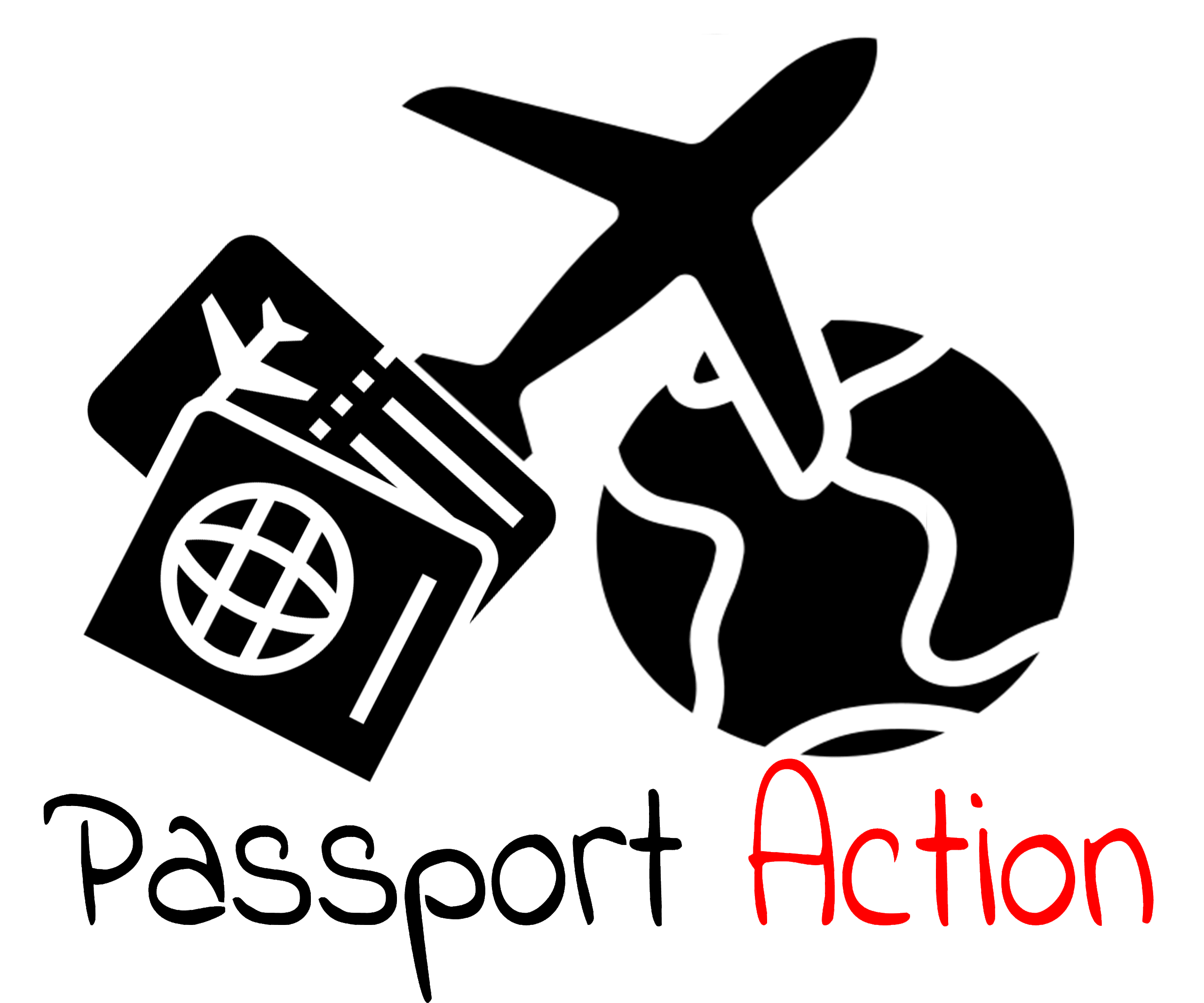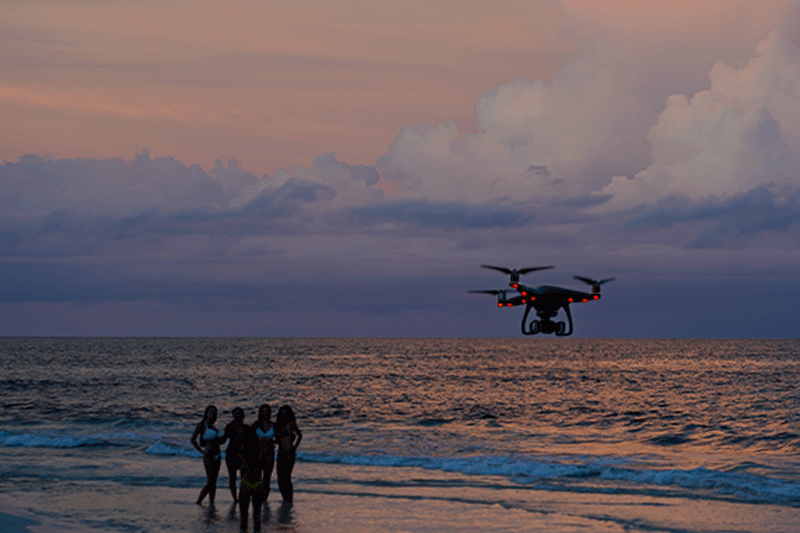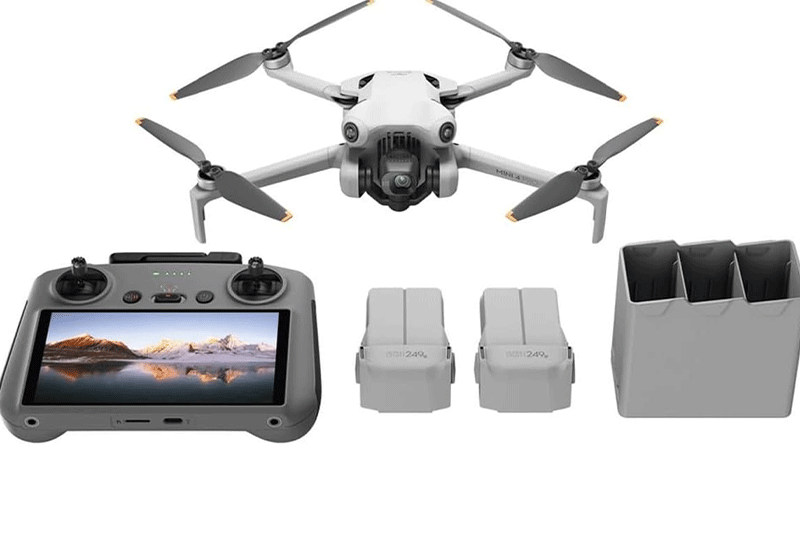Consequences Of Bringing A Drone To Mexico 2024
Mexico, with its vibrant culture, stunning landscapes, and historical sites, offers countless opportunities for awe-inspiring drone photography. However, as an American tourist planning to bring a drone into this beautiful country, understanding the legalities and responsibilities is crucial. This guide aims to clarify whether Tourist can legally fly a drone in Mexico and what they need to know.
1. Can Tourist Fly Drones in Mexico?
Mexico is a popular tourist destination known for its stunning landscapes, vibrant culture, and historical sites. Many tourists, particularly those with a passion for photography, are keen to capture these sights from unique aerial perspectives using drones. However, the rules regarding drone usage in Mexico are specific and must be adhered to avoid legal complications.
The primary factor determining whether tourists can fly drones in Mexico is not nationality but the weight of the drone. According to Mexican regulations, drones that weigh under 250 grams can be flown without any special permissions or registrations. This means that tourists, regardless of their home country, are generally allowed to fly lightweight drones in Mexico for recreational purposes.
For drones weighing over 250 grams, the regulations become more stringent. These drones must be registered with the Agencia Federal de Aviación Civil, (AFAC). Unfortunately, this registration process requires proof of Mexican citizenship, thereby preventing foreign tourists from legally operating heavier drones in the country.
However, while these regulations might seem restrictive, it’s worth noting that many modern drones designed for recreational use weigh less than 250 grams. Therefore, if you’re planning a trip to Mexico and want to bring your drone, consider investing in a lightweight model that falls within the permissible weight limit.
While tourists can legally operate drones in Mexico, there are restrictions based on the drone’s weight. As always, it’s essential to respect the law, people’s privacy, and the environment when flying a drone. By doing so, you’ll be able to capture the beauty of Mexico from the sky without any legal hassles.
Drones That Weigh Under 250 grams
Buy A DJI Pro Mini 4 Combo Kit
Drones that weigh less than 250 grams are:
These drones are compact, lightweight, and designed for easy travel. Despite their small size, they come equipped with high-quality cameras and advanced flight technologies offering excellent performance and versatility. Please note that it’s always important to check the specific regulations in your location before flying a drone. Any of the above mentioned drones should be allowed to bring and fly in Mexico.
2. Understanding Drone Laws in Mexico
Mexico is a country that welcomes the use of drones, but like any other nation, it has implemented specific rules and regulations to ensure safety and respect for privacy. One of the primary laws revolves around the weight of the drone. Drones that weigh under 250 grams are generally permitted for use without any special permissions or registrations. This allowance enables tourists and locals alike to capture Mexico’s beauty from unique aerial perspectives.
However, the leniency changes when the drone’s weight exceeds 250 grams. Drones within this category must be registered with the Agencia Federal de Aviación Civil, (AFAC). This regulation helps maintain control over larger drones, which could potentially cause more damage or disruption if misused.
An important point to note regarding registration is that it requires an official ID proving Mexican citizenship. This requirement effectively bars non-citizens from registering drones over 250 grams. Therefore, tourists planning on using heavier drones may face legal issues.
There are also restrictions on when drones can be operated. For instance, drones weighing under 2kg are not permitted for use at night. This rule is likely implemented to prevent accidents that could occur due to poor visibility.
Lastly, there is a requirement for obtaining a permit for operating drones weighing between 2kg to 25kg. This rule applies to both Mexican citizens and foreign visitors. It’s a measure to ensure that those operating heavier drones are accountable and have demonstrated an understanding of the necessary safety precautions.
3. Lighter Drones and Commercial Usage
Mexico’s drone regulations are designed to accommodate a multitude of drone activities, from recreational use to commercial operations. While drones weighing under 250 grams (approximately 0.55 pounds) can be flown recreationally without any special permissions or registrations, commercial use involves additional stipulations.
For drones used in commercial activities, regardless of their weight, there are specific requirements that operators must adhere to. One such requirement is the need for third-party liability insurance. This rule is implemented to cover any potential damages or injuries caused by the drone during its operation. It is a standard practice in many countries and designed to protect both the drone operator and the public.
Another important aspect of commercial drone usage in Mexico is obtaining the necessary permits. Even for lighter drones, commercial operations require a permit from the Agencia Federal de Aviación Civil, (AFAC). This permit process ensures that commercial drone operators understand and comply with all safety and privacy regulations.
In addition to these legalities, there are practical considerations for commercial drone usage. Operators must ensure they respect privacy laws, avoid flying over crowded areas, and not disturb wildlife, particularly in protected natural parks. These measures ensure that commercial drone usage does not negatively impact the environment or the public.
While lighter drones are generally easier to operate within Mexico’s drone laws, using them for commercial purposes requires adherence to additional rules. As always, the goal of these regulations is to ensure safety, protect privacy, and maintain harmony between drone activities and the public. By understanding and following these rules, drone operators can engage in commercial activities responsibly and successfully in Mexico.
What is Considered Commercial Use Of A Drone
- Aerial Photography Services: When a drone is used to capture aerial photos for clients, whether it’s for real estate listings, construction sites, or events such as weddings, it’s considered commercial use.
- YouTube Channel: If you’re using a drone to shoot footage for your YouTube channel and you earn money from ad revenue, sponsorships, or viewer donations, this is considered commercial drone use.
- Stock Footage Sales: If you fly a drone to capture video or photographs that you then sell on stock footage websites, this is a form of commercial use.
- Inspection Services: Drones are often used for inspecting infrastructure like bridges, power lines, and pipelines. If you’re paid to conduct these inspections, it’s considered commercial use.
- Surveying and Mapping: Drones can be used for land surveying or creating detailed maps. If these services are offered for a fee, it’s commercial use.
- Agricultural Use: Using drones to monitor crop health, irrigation systems, or livestock for a farming business is a form of commercial use.
- Delivery Services: Some companies are exploring using drones to deliver goods. If you’re paid to make deliveries with a drone, it’s commercial use.
- News Reporting: If a drone is used to capture footage or images for a news outlet where the operator or their employer receives payment, it qualifies as commercial use.
- Advertising and Marketing: Using a drone to create promotional material for businesses, such as shooting commercials or capturing unique perspectives of products, is considered commercial use.
- Film and Television Production: Drones are often used in film and television production to capture aerial shots or scenes that would be difficult to film from the ground. If you’re paid for this work, it’s commercial use.
If you plan on making money with a drone it is considered commercial use. Recreational use would be using the drone to take a vacation photos or clips for personal non monetary reasons.
4. Practical Guidelines for Flying Drones in Mexico
Mexico’s drone laws are designed to ensure safety and privacy, and are especially stringent when it comes to flying drones over historical sites. These sites, often rich in cultural heritage, are protected areas where drone use is typically prohibited. The aim is to preserve these sites and prevent any potential damage or disruption that could be caused by drones. Before flying a drone near any historical site, one should obtain explicit permission from the relevant authorities to avoid breaking the law.
In terms of flying over people, Mexico’s drone regulations are clear. Drone operators must avoid flying directly over individuals who are not involved in the drone operation. This rule is designed to protect the public from potential harm if a drone were to malfunction or fall out of the sky. It also helps to ensure that people’s privacy is respected.
Flying drones at night is another area where Mexico has imposed restrictions. The law states that drones should only be flown in daylight. This is likely due to visibility concerns and the increased risk of accidents happening at night when obstacles might not be as easily seen. As such, drone operators should plan their flights during daylight hours.
Regarding altitude restrictions, drone operators in Mexico must keep their drones within 400 feet above ground level. This regulation is common across many countries and is intended to prevent interference with other aircraft. Flying a drone higher than this limit without appropriate clearance can lead to legal consequences.
Finally, drones must always remain within the operator’s visual line of sight. This means that you should always be able to see your drone without the aid of any devices such as binoculars. This rule ensures that drone operators can maintain control of their drone and take corrective action if necessary, reducing the risk of accidents. In summary, while Mexico’s drone laws allow for a wide range of drone activities, they do so with specific rules in place to ensure safety, privacy, and respect for the country’s cultural heritage.
5. Traveling with Drones
Traveling with your drone to Mexico can be a thrilling adventure filled with opportunities to capture magnificent landscapes and unique perspectives. However, before you embark on your journey, it’s important to properly pack your drone and prepare for the airport customs process, ensuring a smooth travel experience.
When packing your drone, it’s crucial to consider the safety and protection of your equipment. Your drone and its components should be securely packed in a hard-shell case designed for drones. This will not only protect your drone from any physical damage during transit but also make the security process at the airport easier. Remember to pack spare propellers, batteries, and any other essential accessories in the same case. It’s worth noting that drone batteries should be carried in your hand luggage, as they are not allowed in checked baggage due to safety regulations.
Upon arriving at the airport, be prepared for possible inspection of your drone by security personnel. Keep your drone case easily accessible and be ready to open it if required. Be patient and cooperative during this process, as airport security is simply following protocol to ensure the safety of all passengers.
Dealing with customs upon arrival in Mexico can be a straightforward process if you’re well-prepared. If your drone weighs over 250g, you will need to register it with the Agencia Federal de Aviación Civil, (AFAC). Regardless of the weight of your drone, it’s advisable to keep all purchase receipts and documentation handy to prove ownership and value of the drone if required by customs officials. Also, be prepared if they want you to declare and pay taxes on your drone.
Conclusion: Consequences Of Bringing A Drone To Mexico 2024
While there are some restrictions, Tourists can generally bring drones into Mexico and use them recreationally. Stay Away from historical Sites with your drone because it can land you in jail and hefty fines. Always remember, though, that with the privilege of capturing Mexico’s beauty from the sky comes the responsibility of flying safely, ethically, and within the boundaries of the law. Happy flying! Find Out more rules about drones in Mexico.


